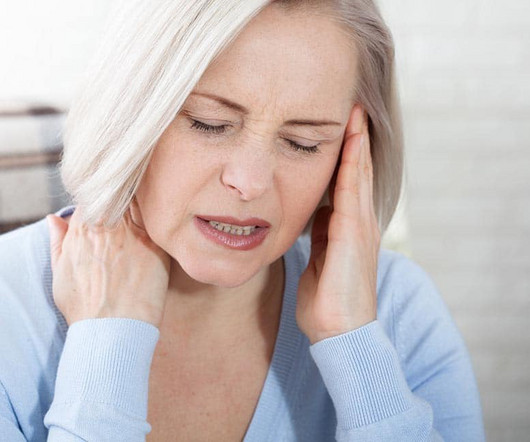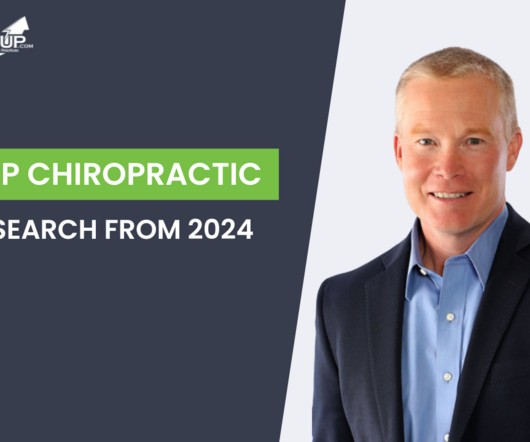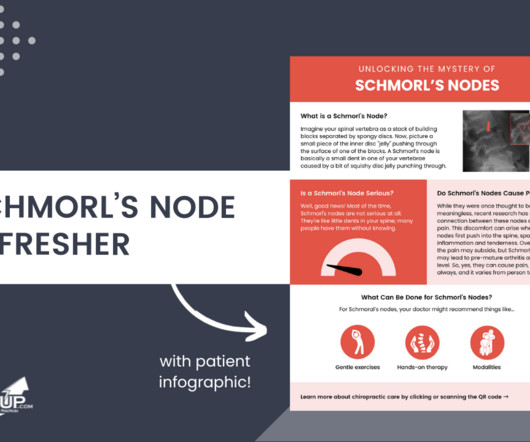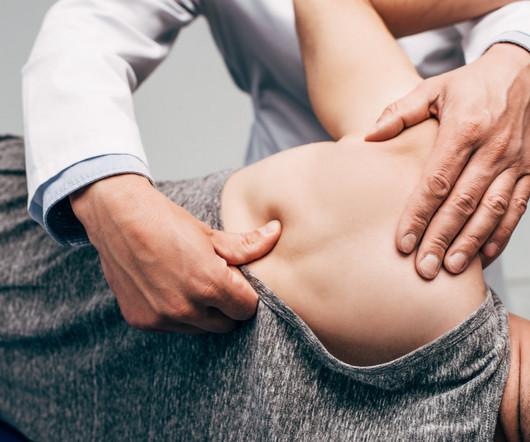Treating cervicogenic headaches with dry needling and manual therapy
Chiropractic Economics
DECEMBER 5, 2024
2 A cervicogenic headache is a secondary headache caused by a cervical spine disorder and its component bone, nerve/nerve root disc, and/or soft tissue elements. 1,35 It is expected to have referred pain perceived in the head from a source in the neck. 3,4,6 The headache may or may not be associated with neck pain.














Let's personalize your content